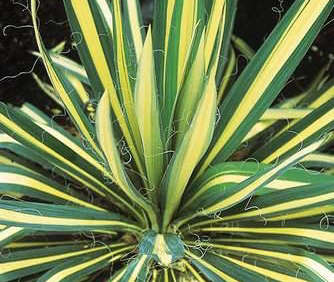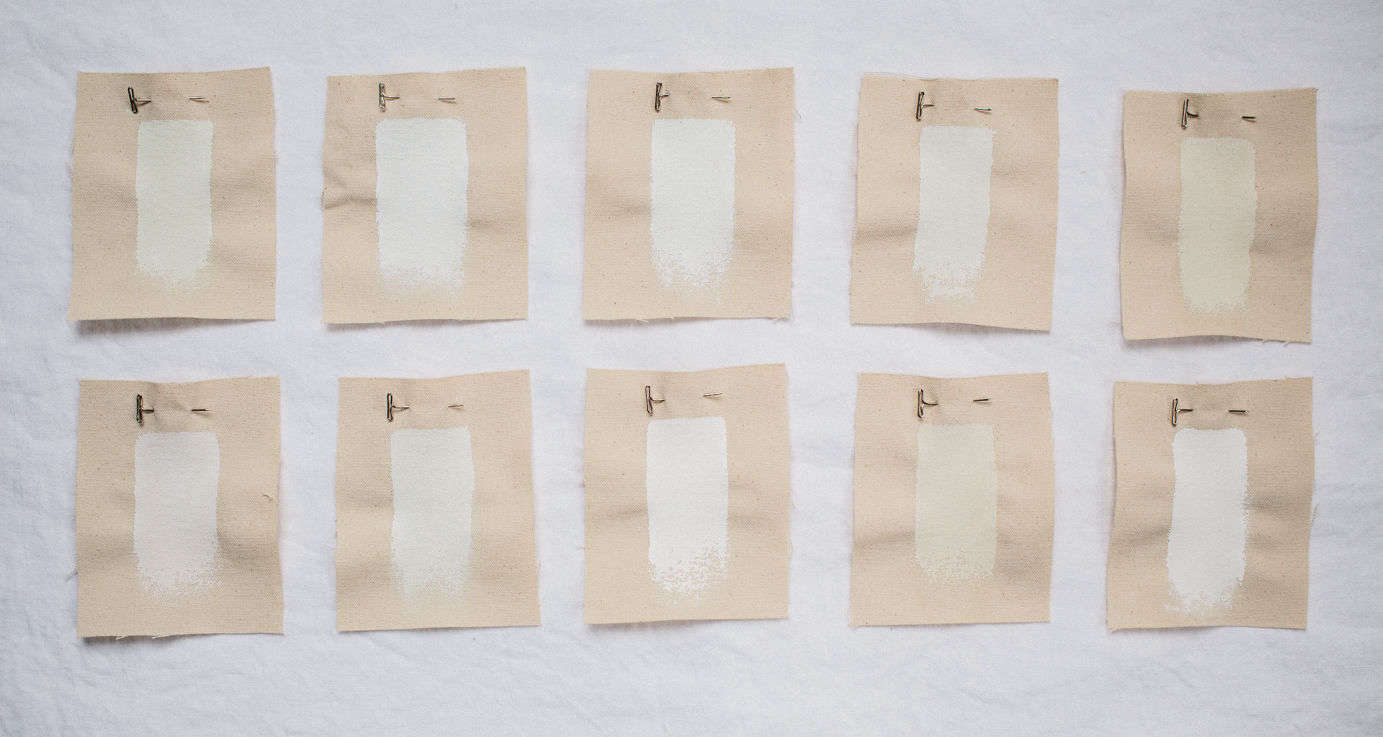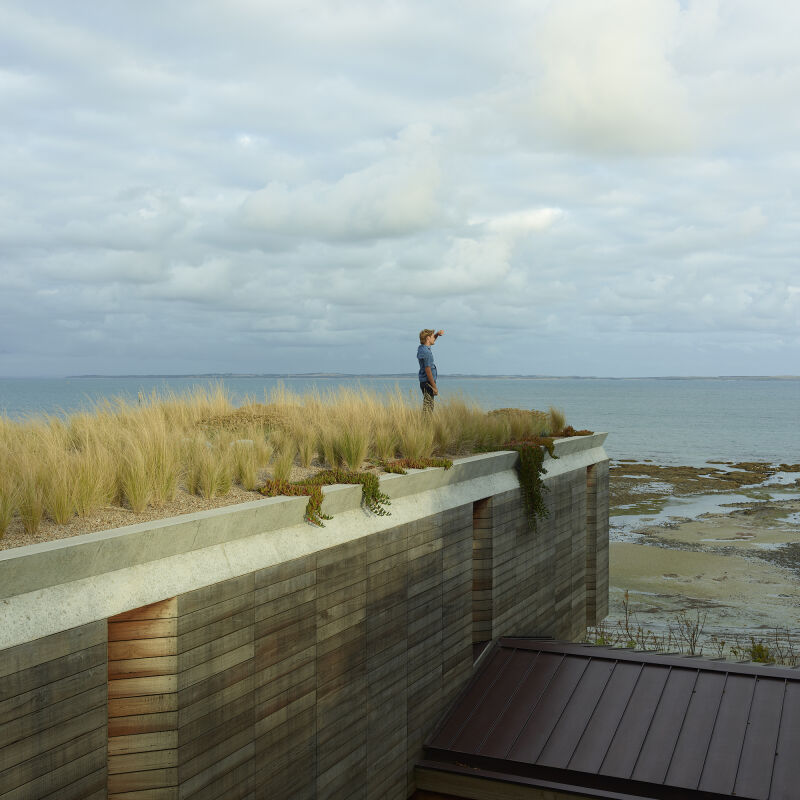Even before Marni Majorelle planted a roof garden on top of an unusual seven-story office building in downtown Brooklyn, it was a foregone conclusion the other tenants would use the space as a living laboratory.
"It's constantly in flux; sometimes people are raising vegetables up there, and there's even a sauna that's not complete yet," says Majorelle, founder of garden design firm Alive Structures, which as a fifth-floor tenant in the Metropolitan Exchange building shares roof rights with an eclectic mix of furniture makers, bio technologists, "green" architects and artists. "That metal structure? Somebody just put that up one day. Every year, the roof takes on a whole new look, and sometimes that look is chaos."
Images courtesy of Alive Structures.

Above: The Metropolitan Exchange Building on Flatbush Avenue, nicknamed MEx and recently dubbed "Brooklyn's Wackiest Office Building," was a bank before its incarnation as a low-priced incubator for creative and forward-thinking entrepreneurs. Owner Al Attara, who also owns three residential buildings on Atlantic Avenue, bought it for less than $250,000 in the 1970s. Photo by Marni Majorelle.
Above: The 400-square-foot garden is itself an experiment. Constructed in 2009 using excess material from other jobs, the mix of plants includes grasses, drought-tolerant wildflowers, sedums, cacti and, in season, the showy white blooms of Yucca filamentosa ($15 at Plant Delights). Photo by Dary Thach.

Above: A green roof has as many layers as an onion: a waterproof membrane, a roof barrier, a drainage mat, erosion control fabric, lightweight engineered soil, and—finally—plants. Ms. Majorelle rolled out pre-grown carpets of Sedum Mix Blankets from Sempergreen (N.B.: contact the company for pricing). Before embarking, ask a roofer if your roof can support the weight—on average, 30 pounds per square foot when wet—and plan to pay from $18 to $30 per square foot to install a similar garden. Photo by Dary Thach.
Above: "There is no native plant on a rooftop," says Majorelle. "The most important thing is figuring out plants that are going to work." Drought tolerant is good. Sedums work well, because they're aggressive spreaders and fill in the space fast, before weeds can. A six-plant Sedum Carpet mix is $17.99 at Spring Hill Nurseries. A grass that will still look great in the winter is Little Bluestem Schizachyrium scoparium, available for $5.29 from Prairie Nursery. Photo by Dary Thach.

Above: Green roofs insulate like a blanket, saving energy; they provide natural habitats for birds, butterflies, honeybees, lady bugs, and migrating birds. On this roof, soil depth ranges from four to eight inches. "We built up little mounds for the yuccas, so they would have more depth," Majorelle says. Photo by Dary Thach.
Above: A prickly pear (L) grows companionably next to both blue fescue Festuca glauca ($5.99 at Spring Hill Nurseries) and Callirhoe involucrata ($13.95 at Wayside Gardens), a hardy American wildflower common throughout the Midwest.













Have a Question or Comment About This Post?
Join the conversation